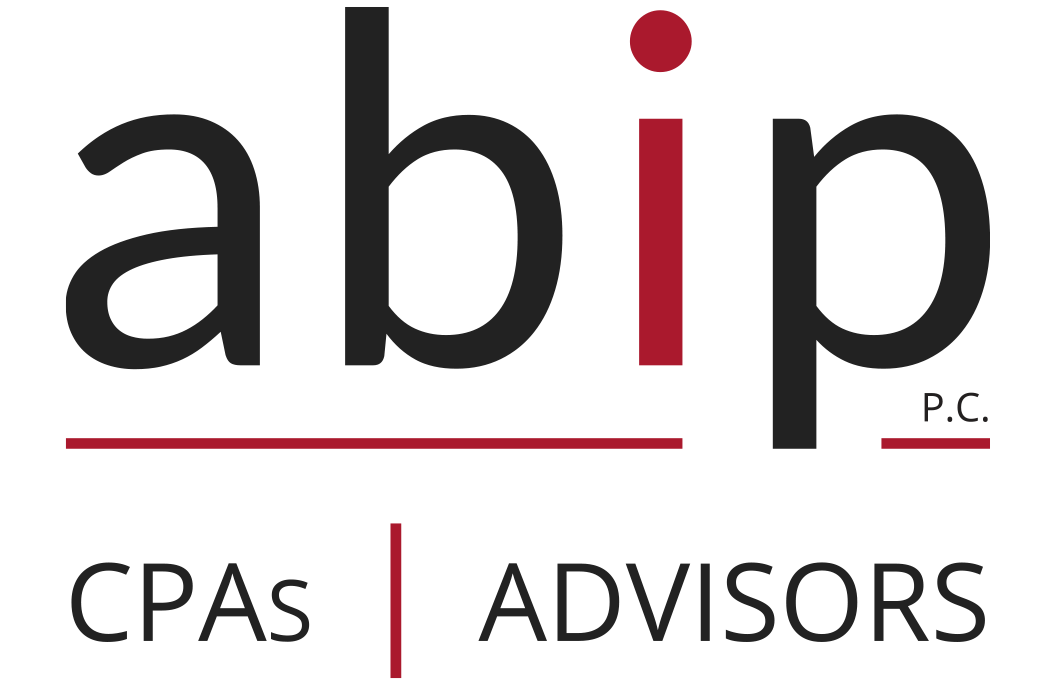 When it comes to accounting, keeping your finances organized is the key to success. However, it is still something that a lot of business owners lack. The reason is that they do not keep a proper chart of accounts (COA) and, as a result, fail to properly track their finances throughout the year. The COA consists of all financial statements that are tailored to show the specific operations and transactions a business undertakes. This chart gives you a better understanding of the financial position your organization is in. It also allows you to make quick decisions when needed. Here we will lay out for you a simple way to develop a proper COA for your business.
When it comes to accounting, keeping your finances organized is the key to success. However, it is still something that a lot of business owners lack. The reason is that they do not keep a proper chart of accounts (COA) and, as a result, fail to properly track their finances throughout the year. The COA consists of all financial statements that are tailored to show the specific operations and transactions a business undertakes. This chart gives you a better understanding of the financial position your organization is in. It also allows you to make quick decisions when needed. Here we will lay out for you a simple way to develop a proper COA for your business.
Detailing the Charts
To begin setting up your COA, start with recording your business’ transactions in your accounting journal. Next you will want to put all of these transactions into your general accounting ledger. Here you need to give specific descriptions for each transaction and assign each of them with a distinctive number and name. The distinct numbers given to each account are used to represent various elements pertaining to each account.
The first number indicates the nature of the transaction which is the general ledger division number. Here a 1 symbolizes an asset, 2 are for liabilities and 3 are for owner’s equity. On the other hand, 4 is for revenues and 5 represents an expense. You then have a second and third number that begins at 10. They indicate the location of the accounts within the general ledger division. Preparing a COA is a difficult task but if done properly helps companies identify each account easily and quickly. Next we will look into the two divisions you will be setting up for your COA; the balance sheets and the income statements.
Balance Sheet Account: Assets, Liabilities and Owner’s Equity
We are going to start with the balance sheet accounts which will be located on the left part of your COA. This part will organize all the transactions regarding your company’s assets, liabilities and owner’s equity. Each item will be separated into detailed accounts.
The first items to record will be your assets. These are organized according to liquidity, begin with your most liquid asset and work your way to the least liquid asset. The more liquid the asset, the lower the number will be. For example, “cash” will have the number 110 since it is a very liquid asset while “supplies” which is less liquid will have the number 140. Next, your liabilities are represented by the number 2. These will be organized alphabetically. Finally the last items will be your owner’s equity, identified by the number 3. They will also be in alphabetical order and in the order of when they happened. In all these cases, you have to be very detailed and organized in order to benefit from the utilization of a COA.
Income Statement Accounts: Revenues and Expenses
The right side of your COA will be for your income statements that record the various profits and losses for your businesses operations. This is represented by your revenue and expense accounts. Begin by recording all of your various revenues such as your sales revenue, interest non-operating income. Each of these needs to be placed in separate accounts within your ledger. Next record all of your business’s expenses such as office expenses, legal expenses and cost of goods sold. You will record these into separate accounts like you did for your revenues. It’s also suggested that you organize these alphabetically within the different accounts to maintain structure in your ledger.
Preparing a COA can be quite difficult for an individual without an accounting background. This is why hiring a professional to get you started or to properly set up your COA can be quite beneficial. ABIP has the expertise and the professionals to get your companies COA set up to get your business on track financially. Learn how our accounting services can get your business set up for success.





